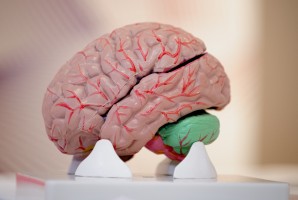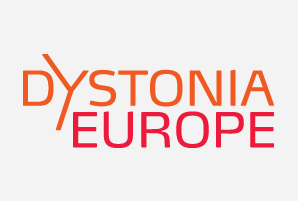Oral Medications
Drugs are effective for some patients. Some work by interfering with the neurotransmitters, which are chemical substances carrying messages in the central nervous system. Others are designed to relax the dystonic muscles, reduce tremor and control muscle spasms. To be effective, drugs need to be taken on a continuous basis.
Injections
Injections of botulinum toxin have become the treatment of choice for most dystonia patients. This therapy has been used with considerable success for the past twenty years to treat various forms of the condition, including blepharospasm, cervical dystonia, spasmodic dysphonia and writer’s cramp. Botulinum toxin acts on the junctions between the nerves and the muscles, preventing the release of one of the chemical messengers called acetylcholine from the nerve endings. This helps to reduce muscle contractions and the muscles then become weaker. Since however the nerve endings grow back, the dystonic symptoms return and the treatment has to be repeated, usually every two or three months. Any side effects are rarely serious and always temporary.
Surgery
Deep Brain Stimulation (DBS) is a surgical procedure in which two fine electrodes are inserted into the brain. They are connected to a subcutaneous power source which delivers a constant, painless, signal which blocks the signals that cause the disabling symptoms of dystonia.
Physical Therapy
A number of studies have shown that many patients find additional benefit from specialized physical therapy treatment, very often as a supplement to other therapies.
Alternative Treatments
“Complementary” or “Alternative” treatments of many kinds like acupuncture, relaxation techniques, homeopathy, Feldenkrais, and hypnosis have been tried with varying degrees of success, but with little evidence of long‐term benefit.



